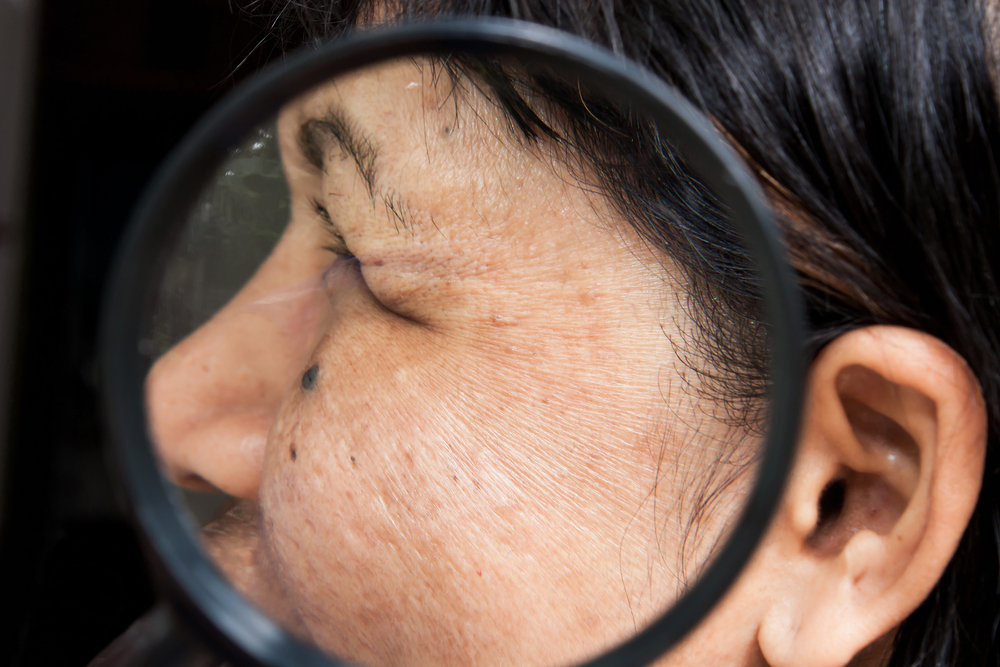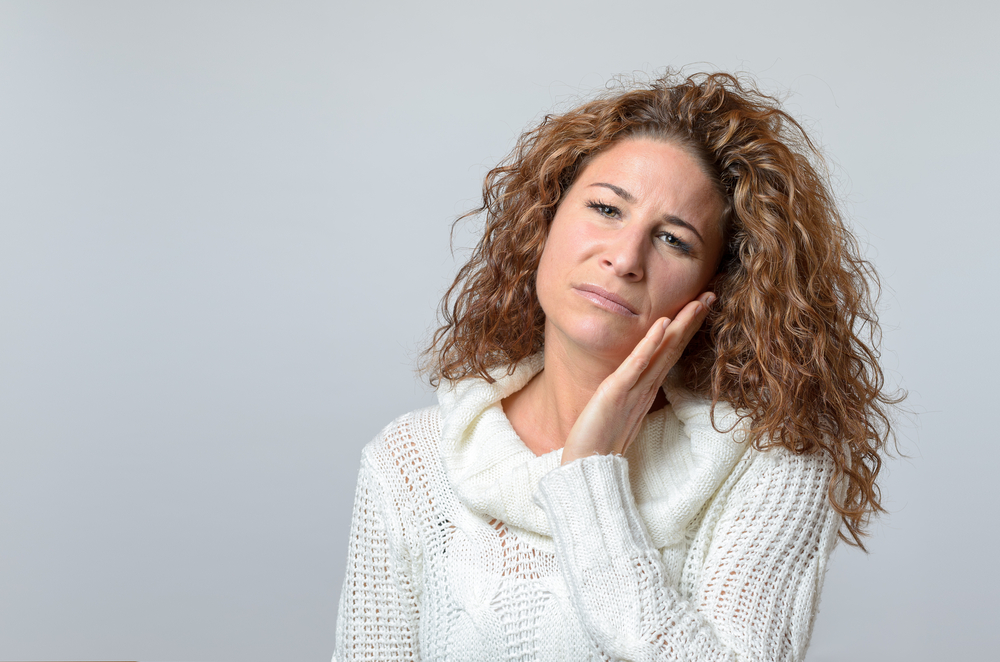
Estrogen and Aging of Skin [2]

Isoflavones and their Impact on the Post-Menopausal Women [3]

Estrogen and Its Role as a Protector [4]
Estrogen has been known to play a protective role, keeping the skin healthy and its physiology intact. Estrogen also helps in escalating the rate of healing in cutaneous wounds. Studies have also indicated that the incidence of skin cancer is quite low in women and this is because of the estrogen hormone secreted in the body. During menopause, when the level of estrogen reduces in a woman’s body, she starts experiencing a lot of changes in her skin. Studies also indicate that at the beginning of periods the skin is quite thin as at this time the levels of progesterone and estrogen are also very low. As periods get over, the woman’s skin gets back to its normal thickness. When a woman enters menopausal stage, her skin is the first organ to show the tell-tale signs of this physiological change. Uneven colour, skin texture, hair production and skin sensitivities are the results of estrogen reduction that usually occurs during menopause. Taking AHA containing products can help in reducing these symptoms to a significant extent.
References:
[1]. Effect of estrogens on skin aging and the potential role of SERMs. 2016. Effect of estrogens on skin aging and the potential role of SERMs. [ONLINE] Available at: http://www.ncbi.nlm.nih.gov/pmc/articles/PMC2685269/. [Accessed 10 February 2016].
[2]. Estrogen and skin. An overview. – PubMed – NCBI. 2016. Estrogen and skin. An overview. – PubMed – NCBI . [ONLINE] Available at: http://www.ncbi.nlm.nih.gov/pubmed/11705091. . [Accessed 10 February 2016].
[3]. Effects of Isoflavones on the Skin of Postmenopausal Women: A Pilot Study. 2016. Effects of Isoflavones on the Skin of Postmenopausal Women: A Pilot Study. [ONLINE] Available at: http://www.ncbi.nlm.nih.gov/pmc/articles/PMC2705153/.[Accessed 10 February 2016].
[4]. Effect of estrogens on skin aging and the potential role of SERMs. 2016Effect of estrogens on skin aging and the potential role of SERMs. [ONLINE] Available at: http://www.ncbi.nlm.nih.gov/pmc/articles/PMC2685269/. [Accessed 10 February 2016].














